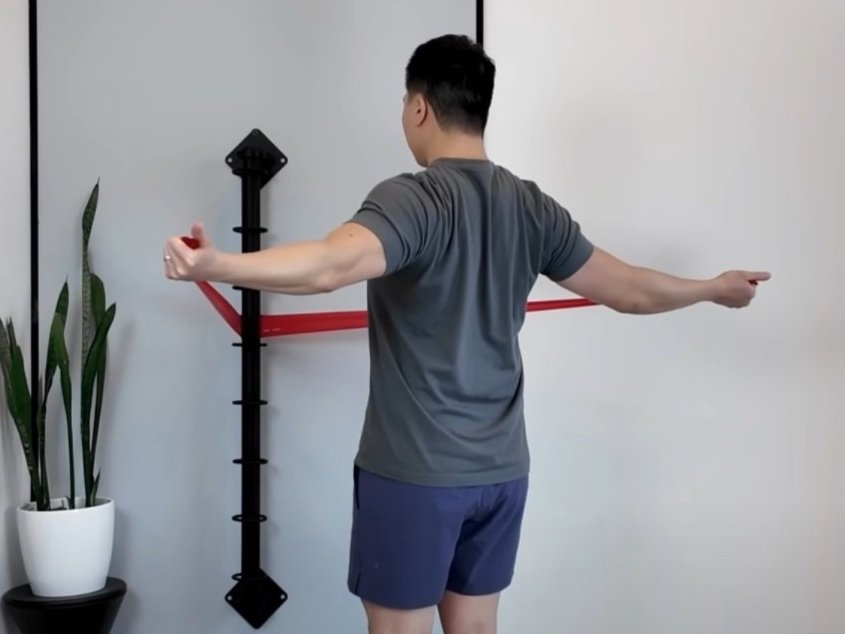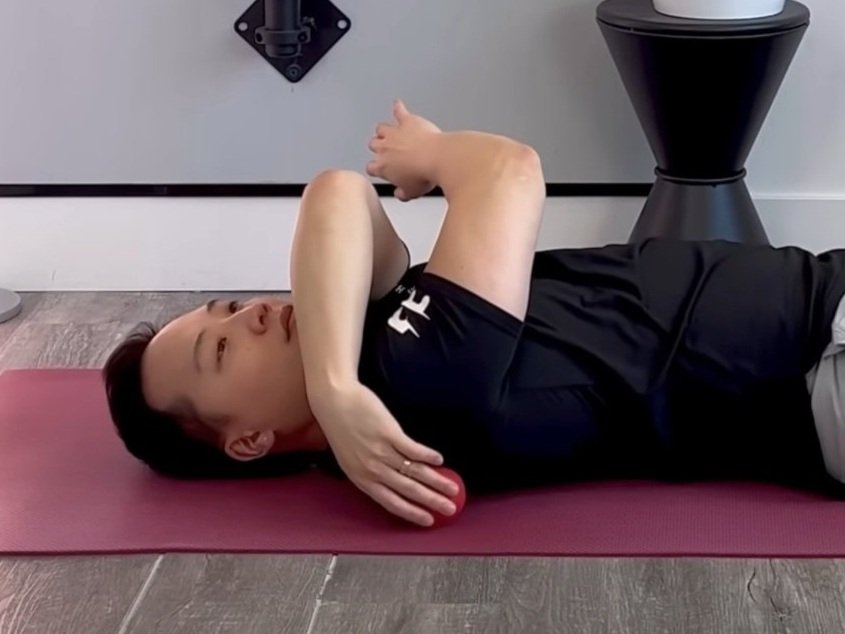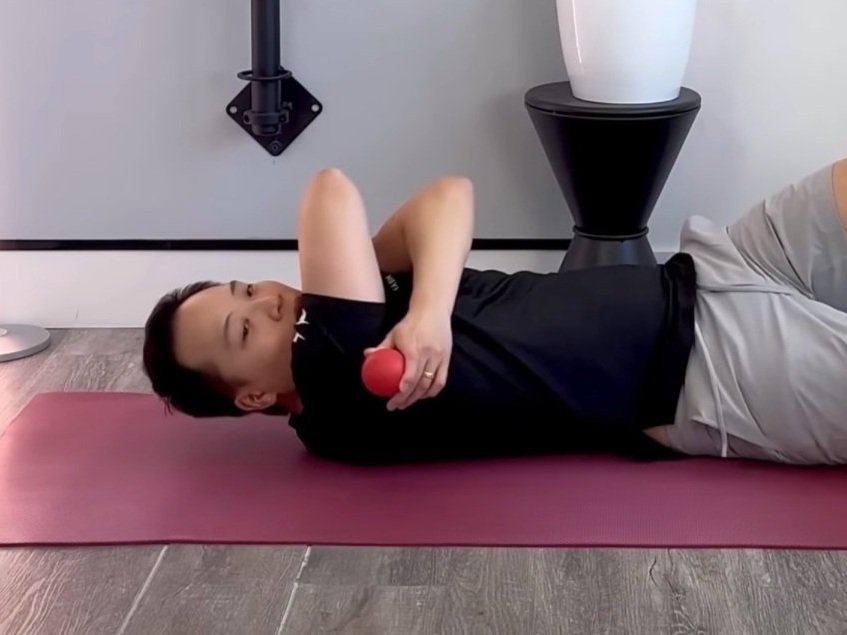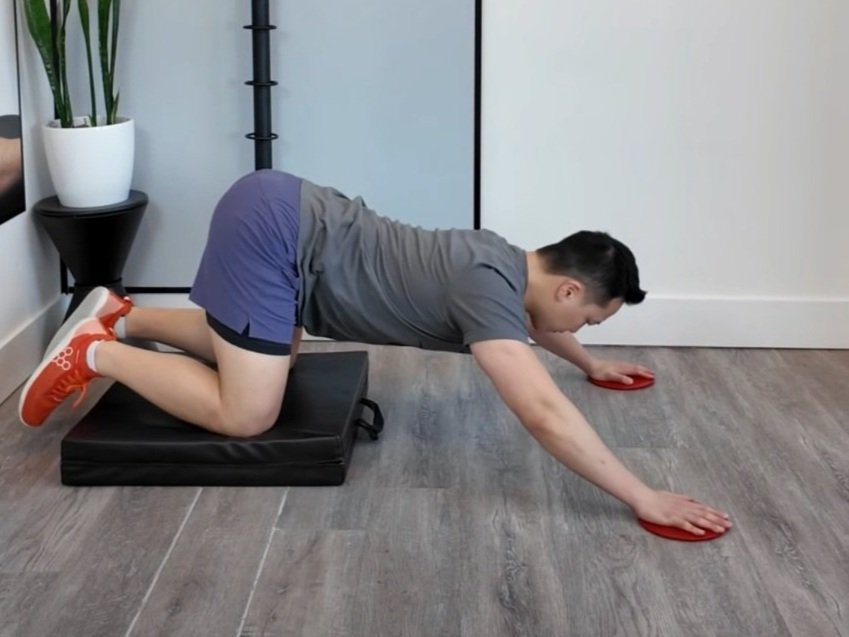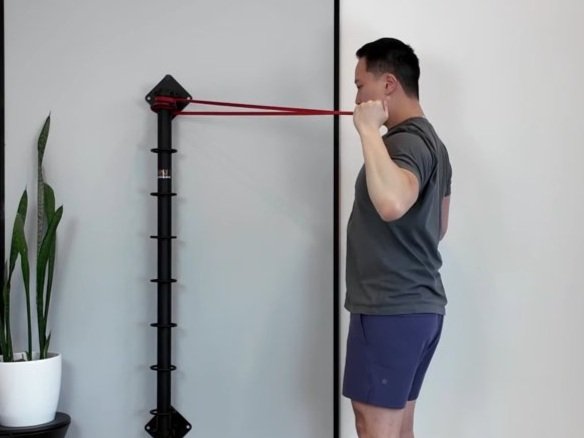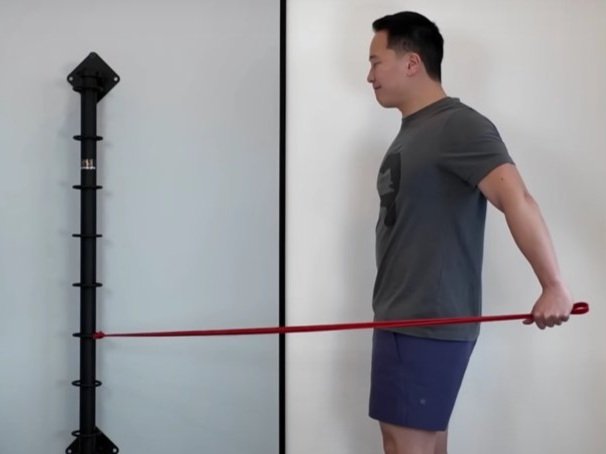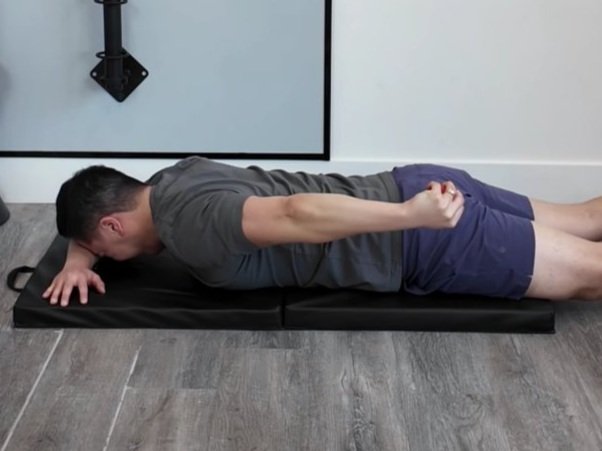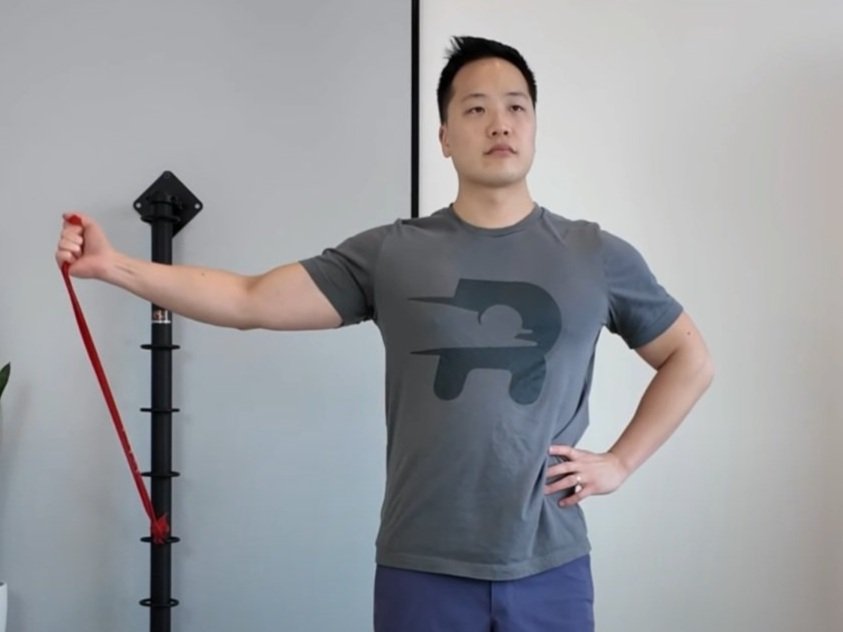Shoulder Impingement Pathomechanics
Overview of Shoulder Impingement & Pain
What Can Go Wrong and Why
What is Shoulder Impingement?
Shoulder impingement refers to pain that is generally, although not exclusively, localized to the front of the shoulder when lifting the arm overhead. Symptoms typically manifest from 60-120 degrees of elevation, also known as the “Painful Arc.” The most common mechanism of injury involves an upward shift of your humerus (upper arm) which compresses tendons against the overlying bone and ligaments in the subacromial space. Symptoms may gradually develop over weeks to months from overhead activity, or have an acute presentation (i.e., a volleyball player experiencing pain after a weekend of extensive tournament play).
What Is Scapular Dyskinesia?
Scapular dyskinesia refers to any abnormal movement of the shoulder blades (scapula) when reaching overhead. In order to achieve 180 degrees of full elevation, 120 degrees should originate from your arm moving up with the remaining 60 degrees coming from the upward rotation of your shoulder blades. If the scapula is limited through this range, your body compensates by forcing your arm through excess motion that it was not meant to overcome. This compensatory movement can reduce the subacromial space thus leading to impingement. In addition, with increased sitting in modern society, our shoulder blades slowly shift to a forwardly tilted posture. This position further exacerbates scapular dyskinesia and can lead to earlier symptom onset.
Two muscles crucial to scapular function include the serratus anterior and lower trapezius. Their coordinated activity allows the shoulder blade to freely rotate upwards without the excessive forward tilt that is associated with impingement. Progressive strengthening and recruitment of these muscles is therefore critical for longevity.
Relevance of Rotator Cuff Muscles
Weakness of the rotator cuff complex may also result in overhead pain. Although these muscles each have distinct functions, their synchronized activation allows our arms to remain “centered” into its socket as we go through various ranges of motion. If they begin to fatigue, the arm may gradually shift upwards and compress the overlying tissues and thus contribute to impingement pain. One common indicator of rotator cuff weakness is initial pain-free overhead activity (i.e., first few reps or sets of an exercise) with a progressive increase in symptoms as that movement is repeated.
Relevant Risk Factors
Older age – it is normal for there to be increased bone formation around the shoulders as individuals age which decreases the amount of joint space available. As a result, compression of the tissues in the subacromial space can occur earlier.
Excessive overhead activity – this applies to both overhead athletes (i.e., volleyball, badminton, swimming, etc.) and specific occupations (i.e., mechanics, technicians, construction workers). With the arms spending more time in an elevated position, it is easier for the rotator cuff muscles to fatigue and no longer be able to keep the shoulders in a centered position.
Previous trauma to the capsule/ligaments – In addition to the rotator cuff complex, the shoulder is also surrounded by various capsuloligamentous structures that prevent excessive translation. If compromised from injury, it becomes easier for the upper arm to shift out of place, thereby impinging nearby structures.
Sedentary lifestyles – when sitting for long periods of time, a forward head and rounded shoulders posture can manifest. This causes a cascade of muscular/joint imbalances that can result in excess internal rotation and forward tilting of the scapulae. These deficits may lead to the onset of scapular dyskinesia.
Scapular Dyskinesia – In order to maintain pain-free movement, the shoulder blades need to be able to fully rotate upwards while staying flat against our ribcage to keep the subacromial space open.
Local Joint dysfunction – Shoulder movement is actually a result of the coordinated motions of 4 separate joints. Impaired function at any one of these joints (glenohumeral, sternoclavicular, acromioclavicular, scapulothoracic) can lead to impingement.
Key to Pain-free Overhead Movement
Rehabilitating overhead shoulder pain often involves addressing multiple factors in a holistic approach. Specific ergonomic modifications and implementation of regular standing breaks can help prevent dysfunctional tissue imbalances from occurring. Appropriate stretching and mobility drills help maintain pain-free ranges of motion. Progressive strengthening and motor coordination exercises are then used to ensure joint stability through all ranges.
How Therapy Can Help
Having a licensed healthcare provider assess your shoulders can greatly accelerate your recovery and take the guesswork out of the process. With an in-depth postural and movement assessment, your clinician can accurately identify the source of your pain, relevant mobility limitations, and any compensatory movement patterns that contribute to the impingement. They will help create an individualized exercise program to enhance your shoulder resilience and be there to guide you through every movement safely and effectively. A combination of manual therapy and mobilizations will be provided to restore motion to your muscles and joints. In addition, your physiotherapist or chiropractor will also provide the necessary education to help monitor your recovery and prevent reinjury from occurring. Adjunct therapy such as osteopathy or massage therapy can also positively affect your prognosis and help with the recovery process.
Contact us if you are suffering from knee pain or any other musculoskeletal issue. You can also click here to book in directly online with an experienced Rehab Hero chiropractor or physiotherapist.















